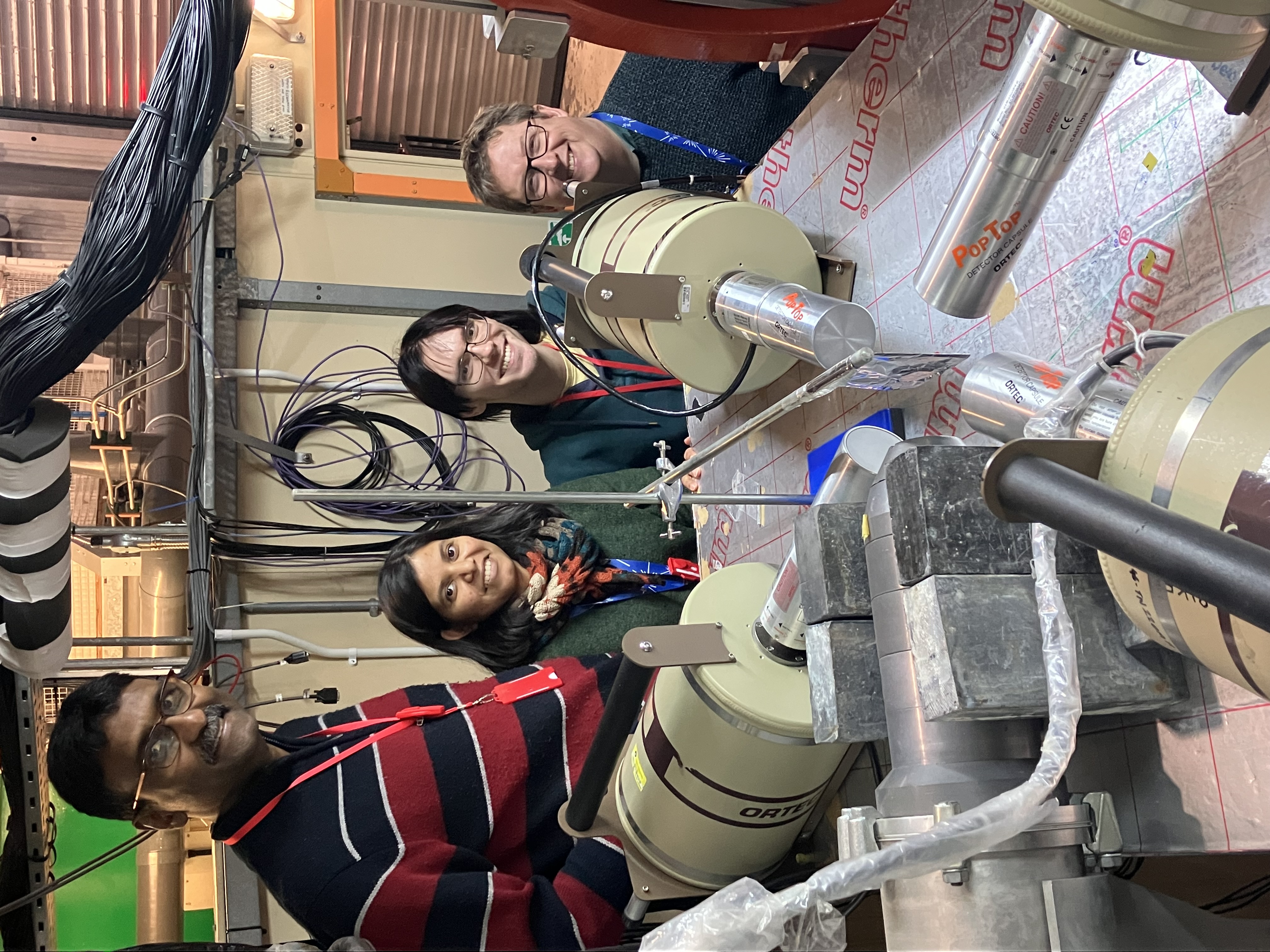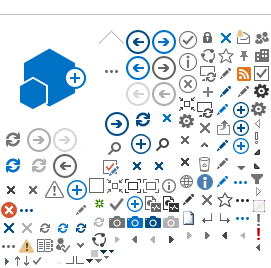
Organo-mineral fertilisers are derived from organic feedstock such as manure, crop residue with reduced mineral fertilisers. In conventional chemistry techniques, the fertiliser would be destructively analysed using wet chemistry techniques but with our Muons Facility, they are able instead to measure the elements within fertiliser in a non-destructive way and quantify the variability.
The challenge with mineral fertiliser is that it is very expensive, consumes much energy to produce and are imported from geopolitically challenging parts of world. In line with the UK government's goal for a net-zero world by 2050, there is a strong need to rely more on waste materials that are generated naturally in agricultural processes.
“To the best of my knowledge, the muons technique has not been used for fertiliser before" explains Professor Sakrabani. “We are trying to think outside the box and improve sustainability using locally sourced materials, but these materials come with their own challenges, as they are very variable. Doing something new comes with its own challenges and we need to ensure that the variability is as tight as possible so that when farmers buy it, they know it can be used reliably. In the long run, the hope is for these novel fertilisers that are more sustainable to be more widely used, provided its variability can be easily quantified. This project would have been feasible without the initial contact with Dr Adrian Hillier which can facilitated through my participation at the STFC Food Network sandpit." (from left to right Ruben Sakrabani, Muons instrument scientist Sayani Biwas,Paul Cooch and Adrian Hillier)
